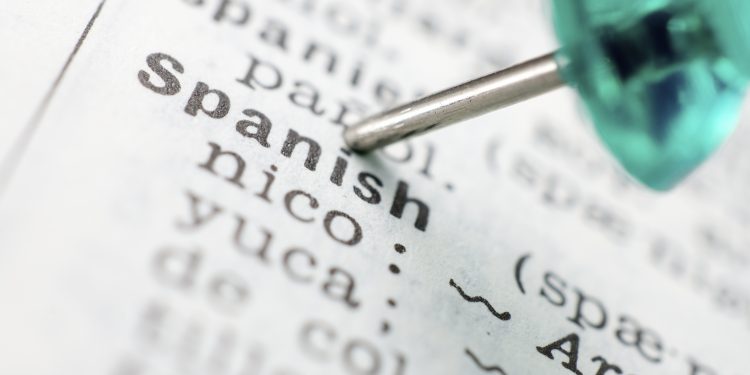As mentioned elsewhere in these pages, many Spanish speakers addressed the supposed sexist proclivity of the language by doubling up on the articles or end vowels that describe gender even if this was impractical or at times clumsy.
Then someone somewhere decided that the “a” or the “o” could be replaced with some other character. At one point the “at” sign was used —“amig@s” instead of “amigas y amigos”— or in the case of Latinos in the U.S., Latin@s. Another option was to replace the gender-defining last vowel with an “x” Amigxs or Latinxs (or Latinx).
Then someone else apparently realized that this was only possible in written communications because who honestly knew how you were supposed to pronounce the “@” or the “x”?
In a stroke of genius, with only three vowels left to choose from, someone (or some number of people) settled on use of the “e.” This is at least pronounceable, although it doesn’t come without its grammatical and logical particularities.
It was found that “amigues” would require the additional “u” to keep the hard “g” sound, and “todes” (used to describe ‘all’ or ‘everyone’) rather defeats the purpose since the word itself is automatically and semantically inclusive. The “e” ending has also made its way into pronouns: “nosotres” instead of “nosotros” or “nosotras”; elle instead of él or ella; and elles instead of ellos or ellas.
For nouns that end in neither “o” nor “a” —doctor for example— the plural already uses an “e,” doctores. But lest we should think that the enlightened don’t know it contains an implicit non-inclusiveness, there are some that will say things like “doctoras y doctores.”
So far, the plural “e” as a replacement doesn’t seem to have extended to other nouns that describe people, for example “bomberes” for firefighters, or “carteres” for mail delivery personnel. (The Mexican post office continues to promote ‘Dia del Cartero‘ (sic) in the fall each year by stamping a message in ink on envelopes it delivers.)
What does the Spanish Royal Academy —still recognized by many as the final arbiter in matters pertaining to gramática— think of all this?
While in recent years the RAE has shown itself open to the evolution of modern language, when it comes to inclusive words it has so far refused to budge, arguing that plurals with an “o” are already gender neutral (inclusive of both masculine and feminine) and don’t imply sexual discrimination of any sort.
It had already noted that the use of “las y los” is only justified when the opposition of the sexes is required in the context, with the example: El desarrollo evolutivo es similar en los niños y las niñas de esa edad.
Still, as more people appear to adopt inclusive language, if it were to become more widespread across the Spanish-speaking world, it’s feasible that the Academy might start to move in that direction.
Mexico in your inbox
Our free newsletter about Mexico brings you a monthly round-up of recently published stories and opportunities, as well as gems from our archives.



